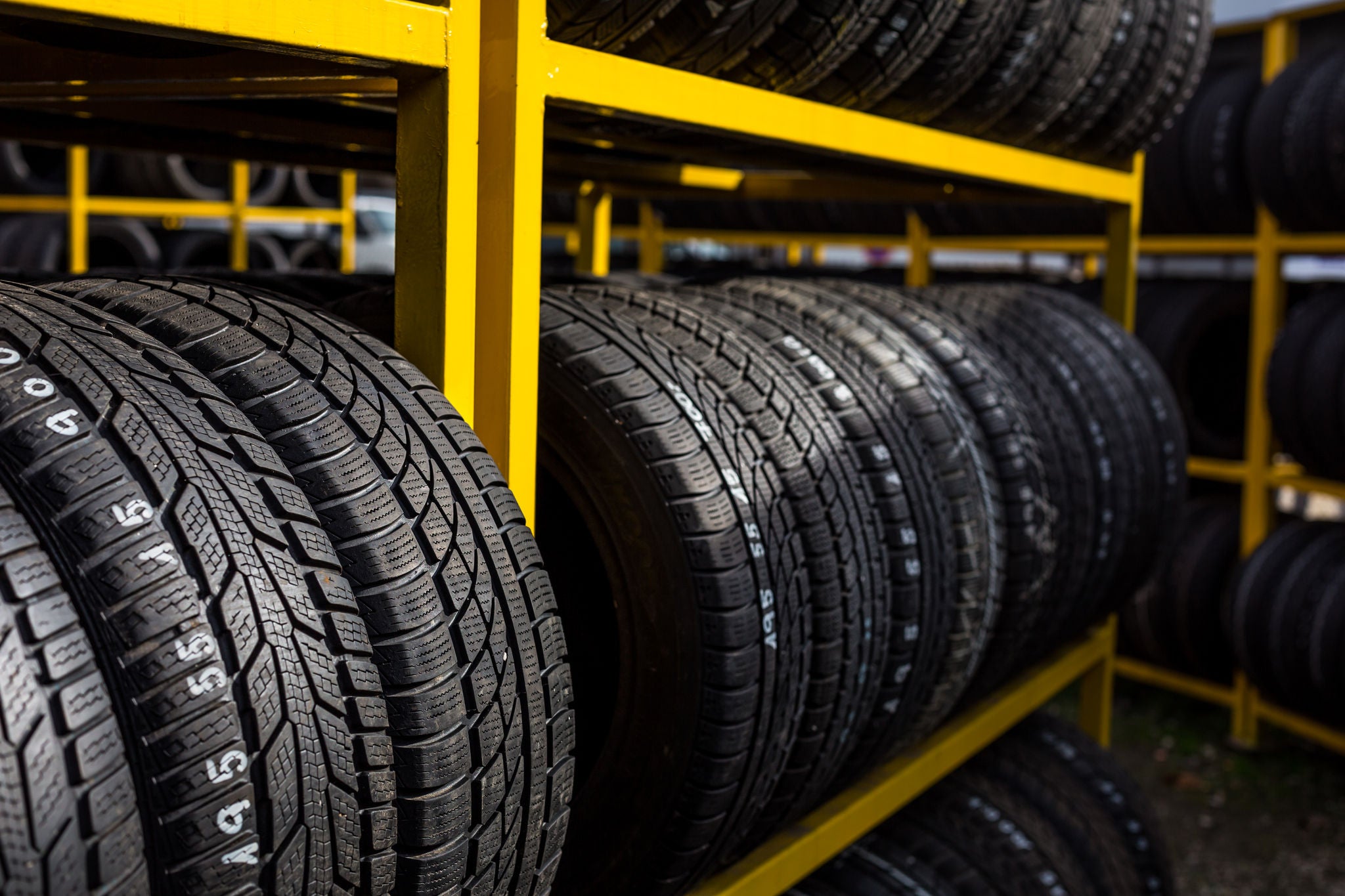
Intact tyres improve safety and driving pleasure. They are often left on until they are completely worn out. But how can you tell when tyres have really reached their wear limits? How old can tyres be? Also, how can you extend your tyre mileage?

How old can tyres be?
There are no legal regulations setting a tyre age limit. Heat, cold and, above all, constant wear place quite a load on tyres. Tyres increasingly lose grip over the years. Braking is worse in the wet, as is rolling resistance in the snow. These are features which ensure greater safety and therefore must not be neglected. As a rule: If your tyres are more than ten years old, they should be replaced.
However, it is not always recommended to stick to ten-year periods. Tyres can also age faster. If your tyres are frequently exposed to heat and UV radiation, then they will become porous more quickly. Continuous usage by frequent drivers shortens the service life. The average mileage of a tyre is approximately 50,000 kilometres. You determine when that figure is reached. Try to estimate it yourself: How many kilometres do you drive per year? Is your car often outside?
Our Expert‘s Advice:

Want to know how long your tyres have been in use? The DOT number provides this information. The four digits on the tyre sidewall tell you the exact date of manufacture. The first two digits represent the calendar week and the last two represent the year. For example, “1515” means that your tyres were produced in the 15th calendar week of 2015.
Mileage of your tyres: Five tips for less wear
One thing is certain: Even if your tyres are properly cared for, a new set will be required after ten years at most. Careful usage should help you get the maximum life from your tyres.
1. Whether it's spring or autumn: Replace your tyres
Change over to summer tyres promptly in spring and to winter tyres in autumn. This protects the coating on the surface and extends the service life of your tyres. The temperatures and the materials used in summer and winter tyres are the reasons why. Winter tyres wear out faster at temperatures above seven degrees Celsius due to the softer rubber compound used. In contrast, summer tyres suffer below this temperature.
Our Expert‘s Advice:

Switch the tyres between axles occasionally to ensure that front and rear tyres are not unevenly loaded. As a rule: After approx. 10,000 kilometres, put the front tyres on the rear axles and vice versa. If your tyres are in varied states of wear, then the newer tyres should always be on the rear axle. Wear and tear is generally more severe there.
2. Check the air pressure regularly
Lower air pressure does not just increase the risk of breakdowns and accidents, but also shortens the service life of your tyres. The ideal air pressure for your car is noted in the vehicle documents. Check it frequently and top up where necessary. This reduces wear and tear on the running surface and internal parts of the tyre. You can also visually inspect the running surfaces at the same time. Are there foreign objects such as nails or splinters in the tyre? Remove these carefully and check whether the tyre remains undamaged.
3. Adjust your driving behaviour
The slower you drive, the lower the rate of wear and tear on your tyres. Above all, quick acceleration and sudden braking lead to more wear and tear. You should also take care with speed bumps. You should slow down and move off in the same manner: slowly and carefully. This means the tyres are not compressed as much as they would be at higher speeds.
4. Park the car frequently
To those who believe less driving protects tyres, the following can be said: This is only partly true. Even if you do not use your vehicle for a prolonged period of time, the tyres remain under load. Ultimately, the weight is always pressed down on the same spot. Material wears out faster where more pressure is exerted. In particular, the edges of kerbs can lead to damage. If the tyre is on the edge, then it is under particularly severe pressure.
Move your car from time to time and watch out for the kerb. Moving it a few metres will suffice to ease the load off specific areas. This helps prevent wheel imbalances due to pressure on one side and flat spots.
5. Store tyres properly
Whether they are winter or summer tyres, store them in a dark, dry, cool location where possible. Above all, they must not be exposed to any sunlight. This ensures the material remains pliable and does not get any cracks. Tyres without rims should be stored hanging or standing upright. Complete wheels can also be stored lying on their side.

